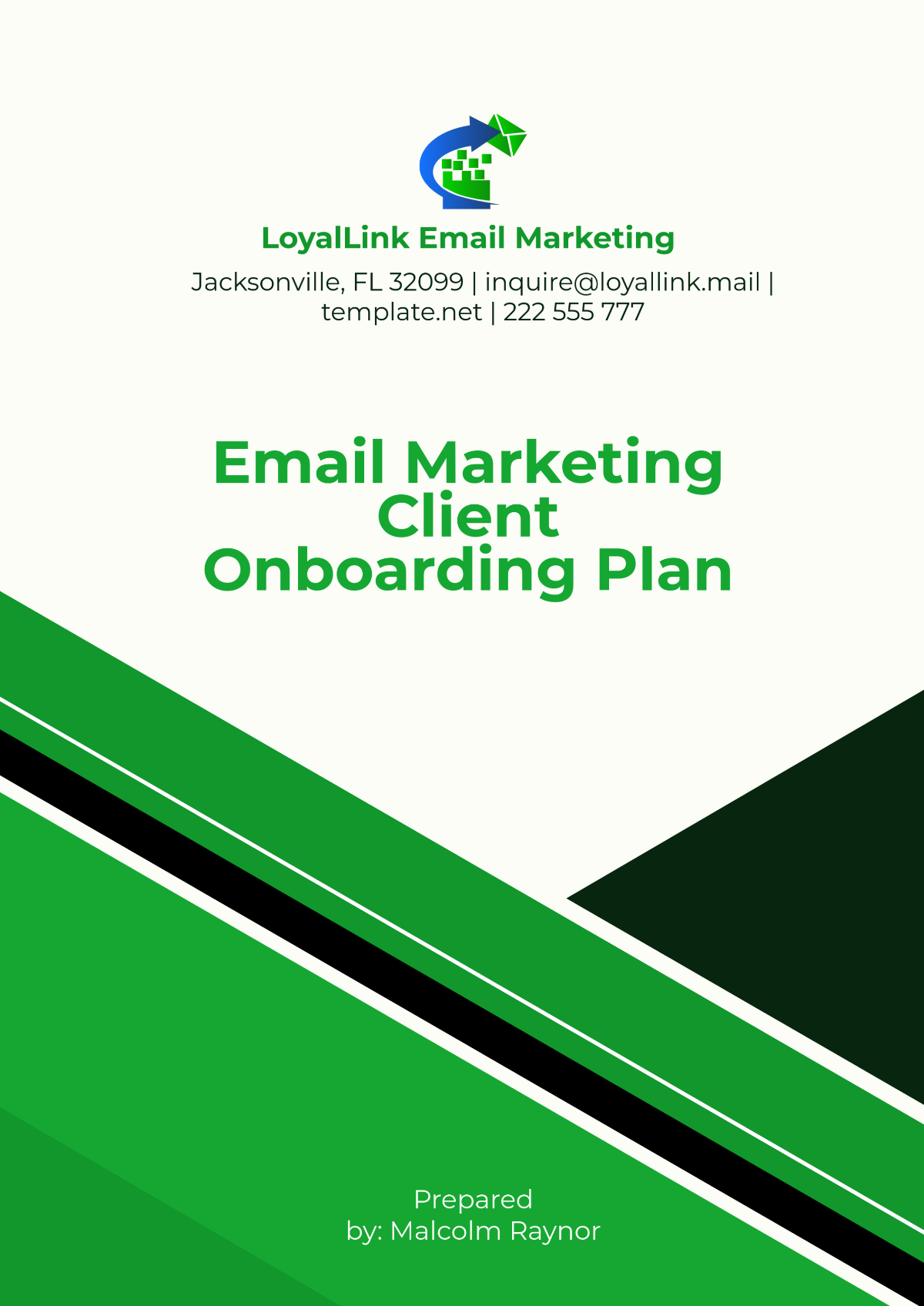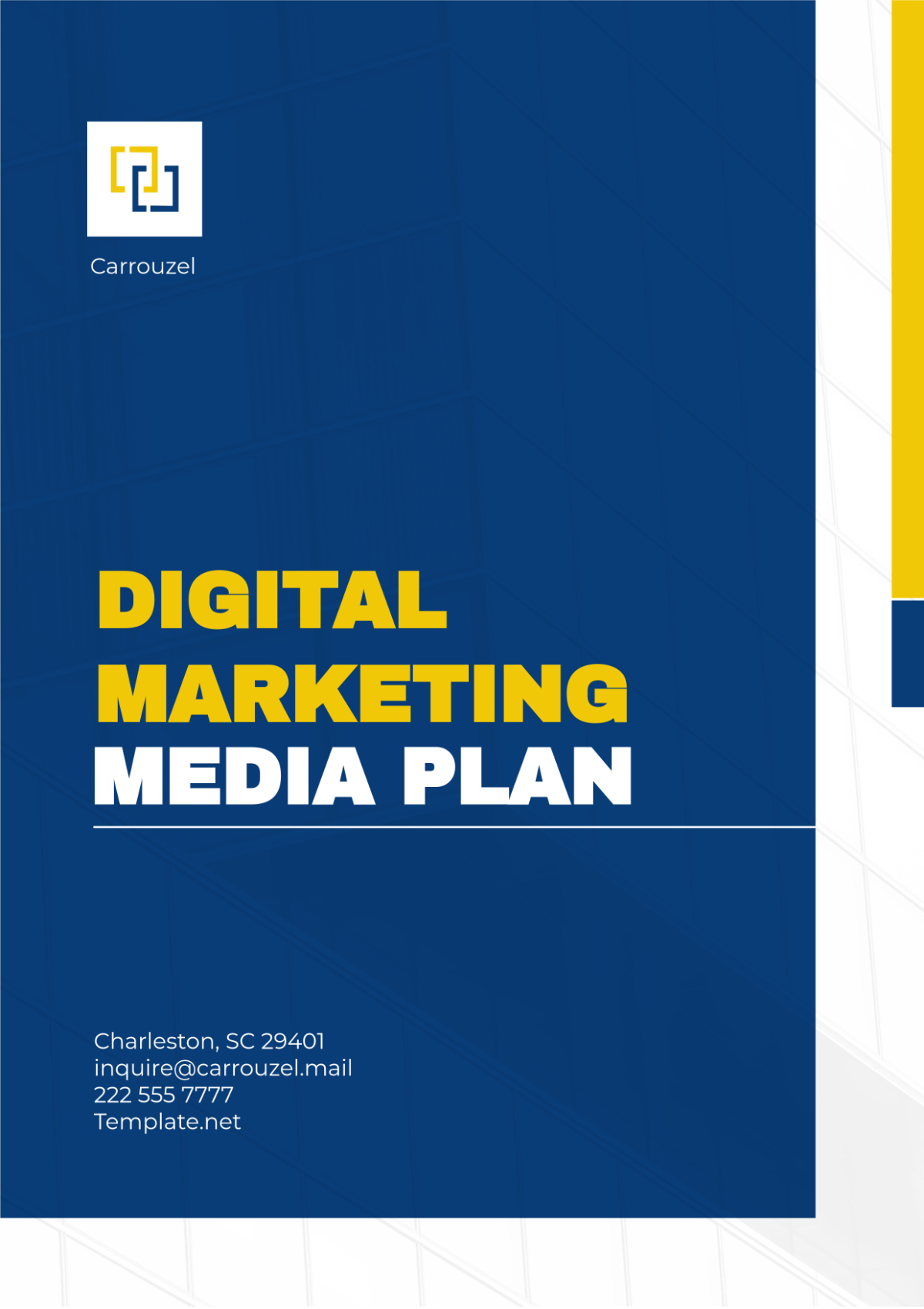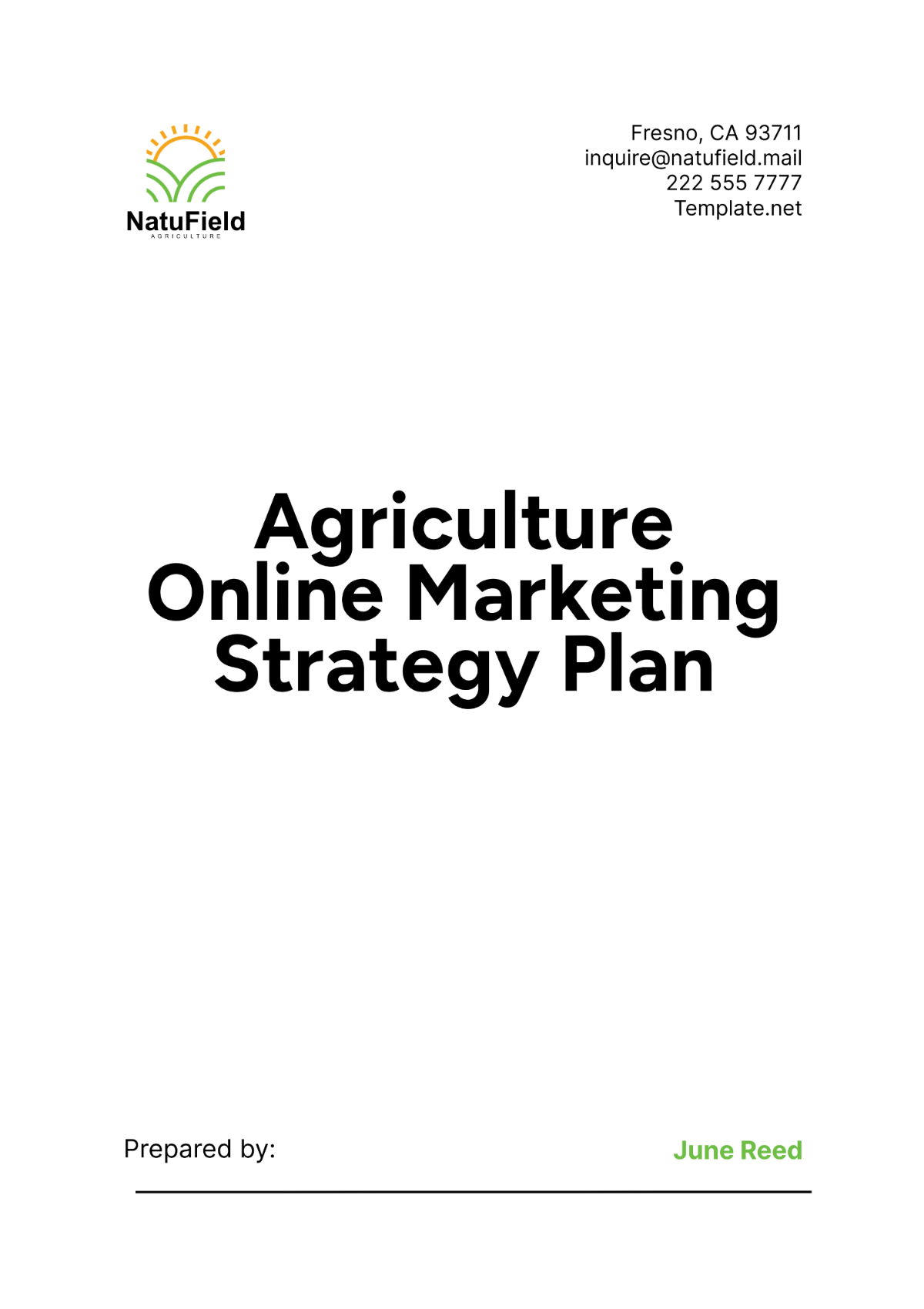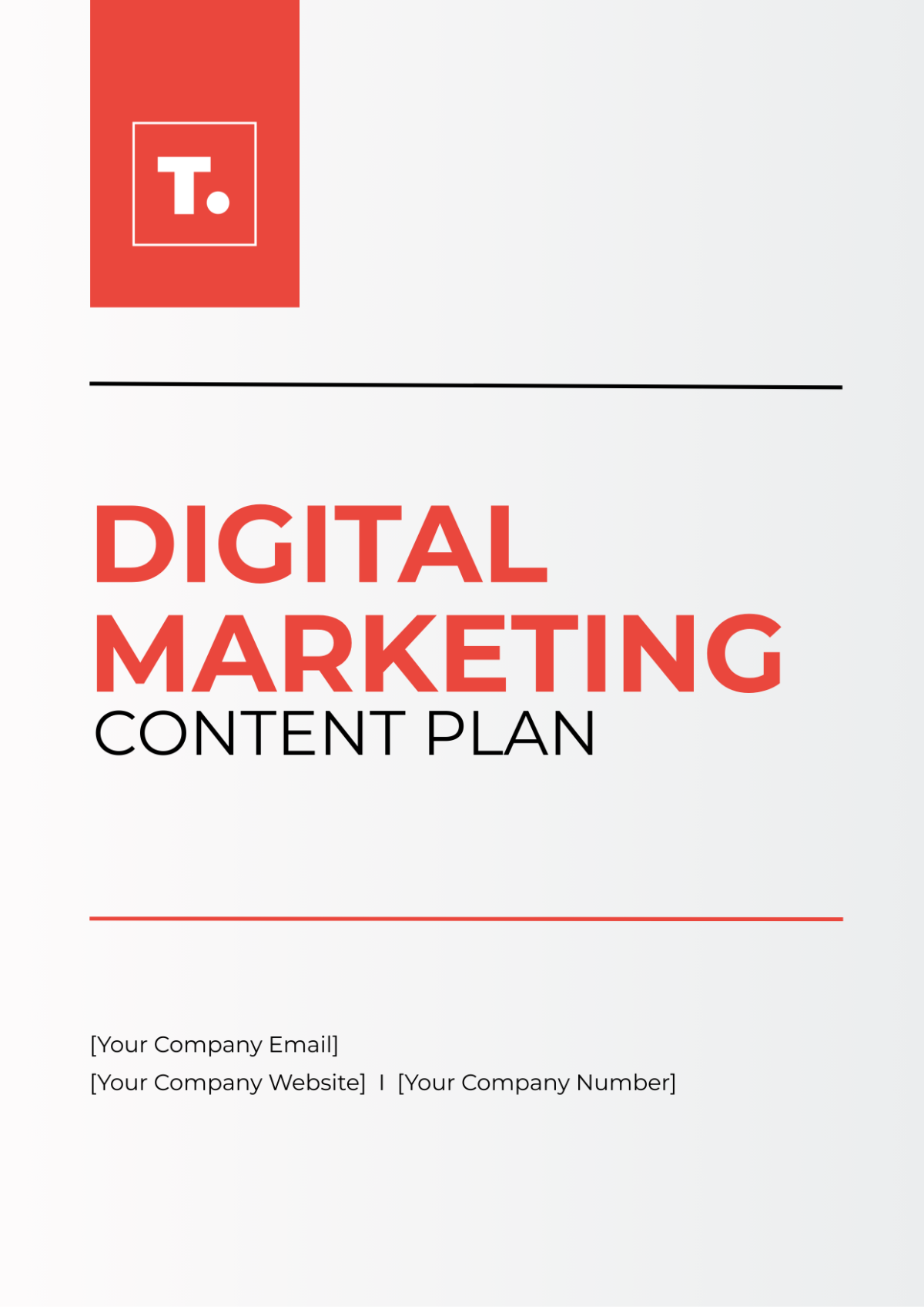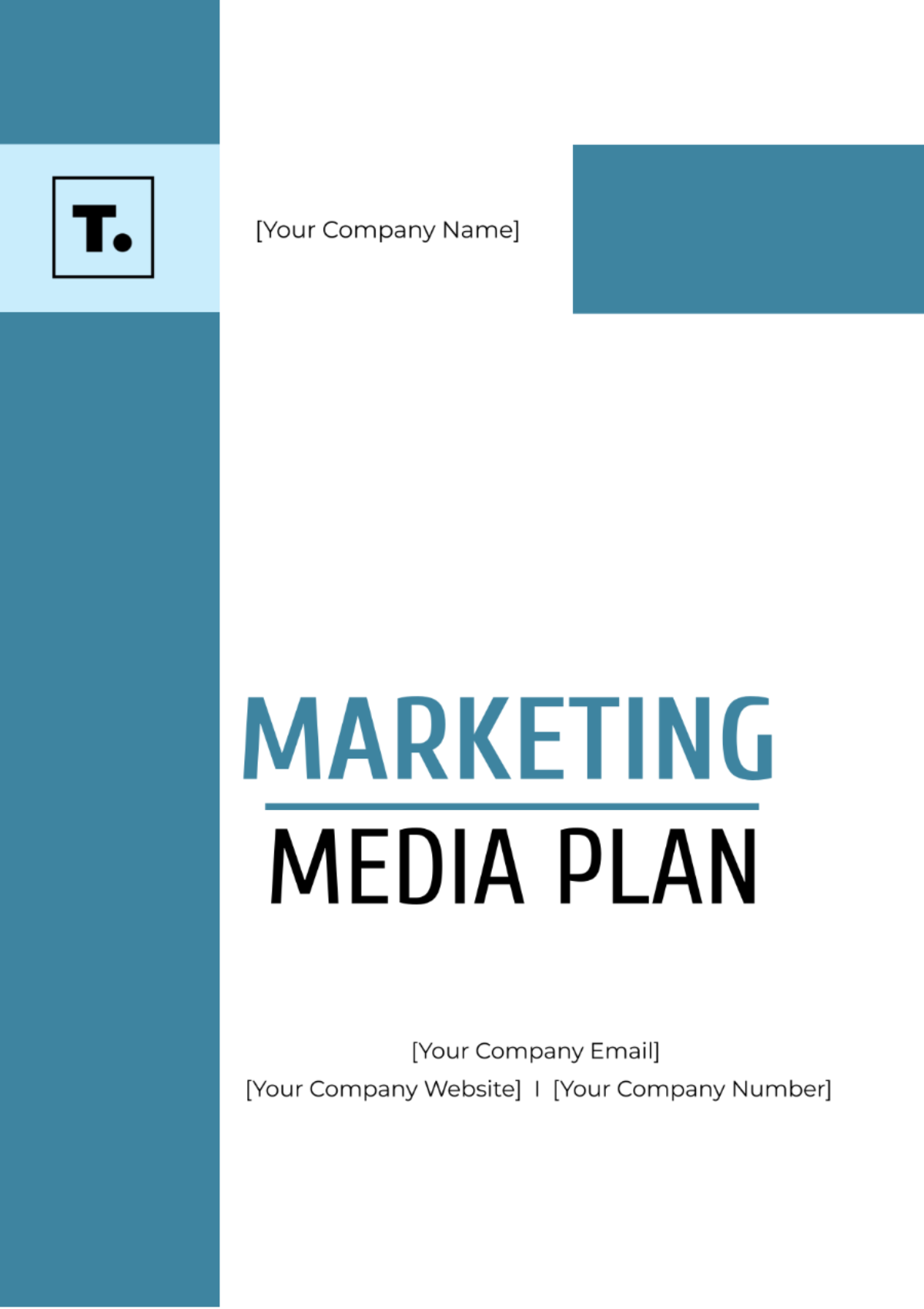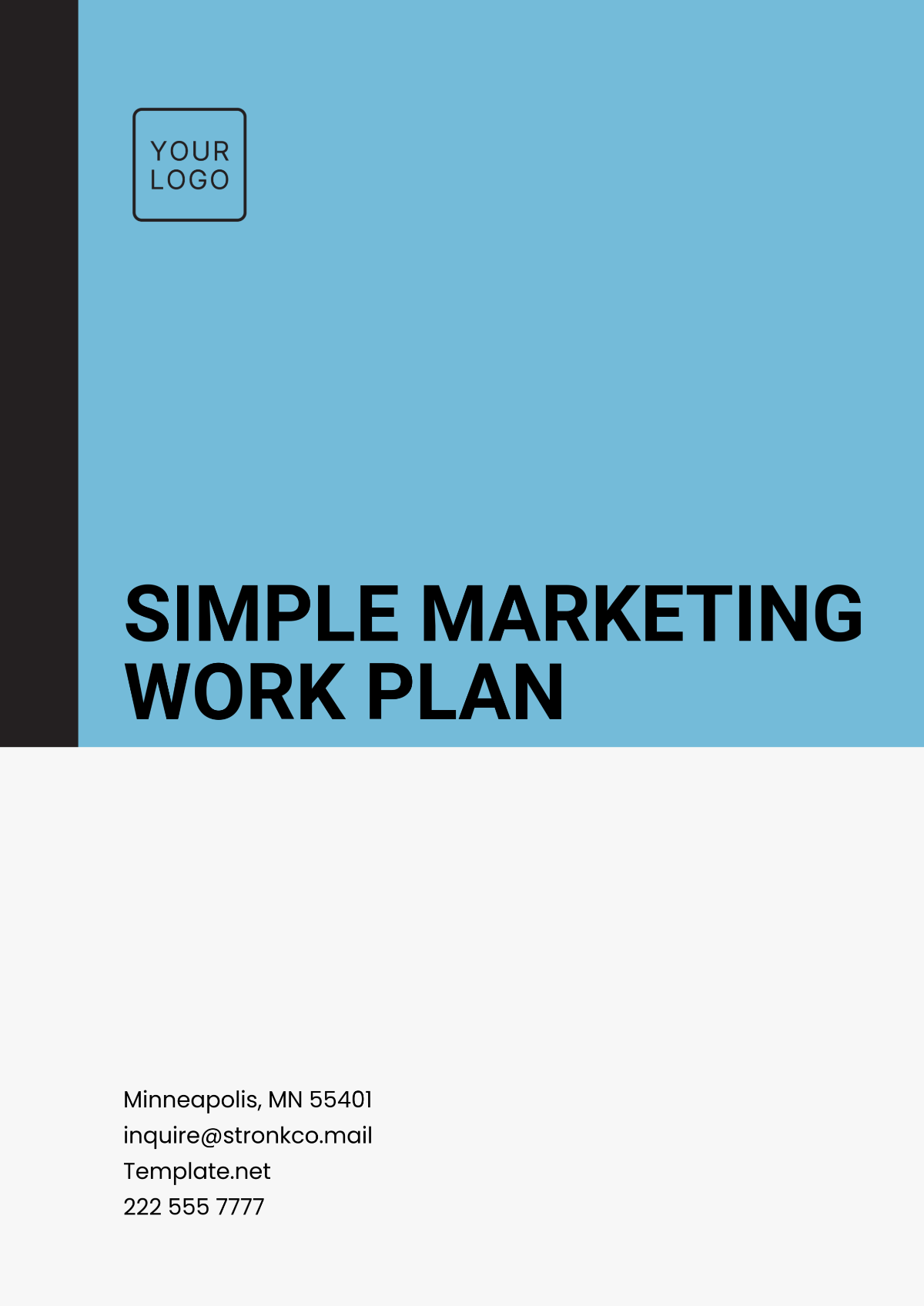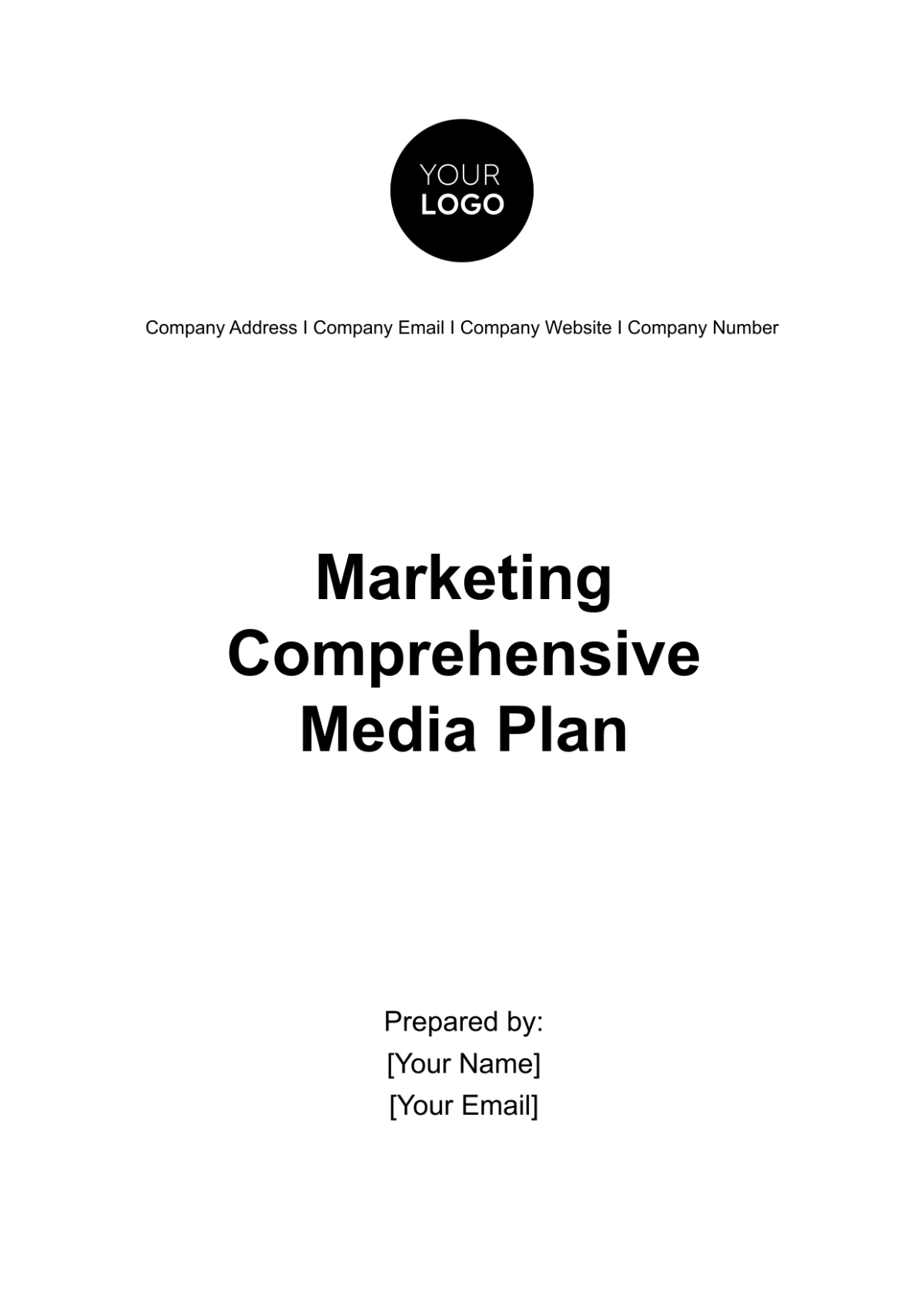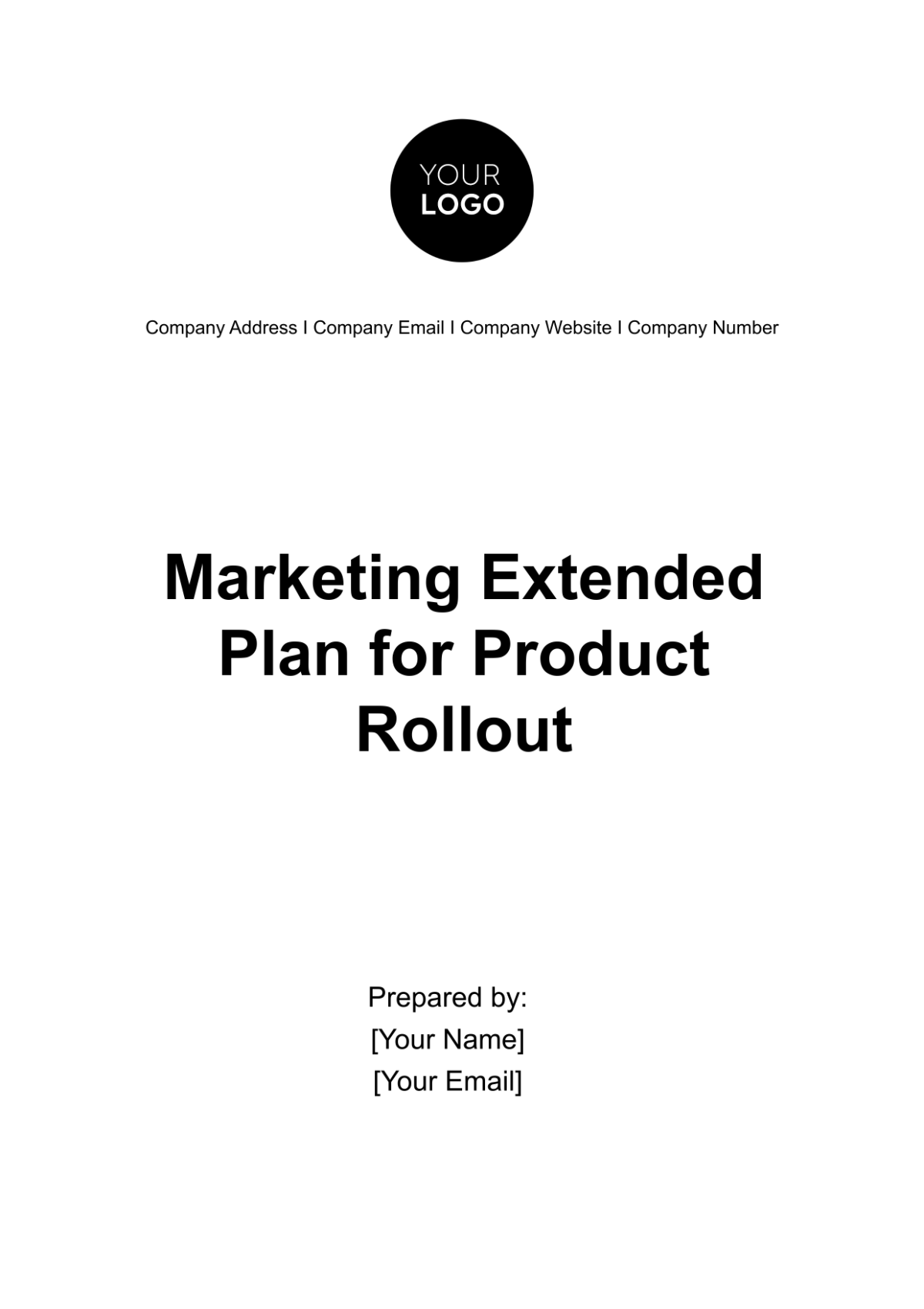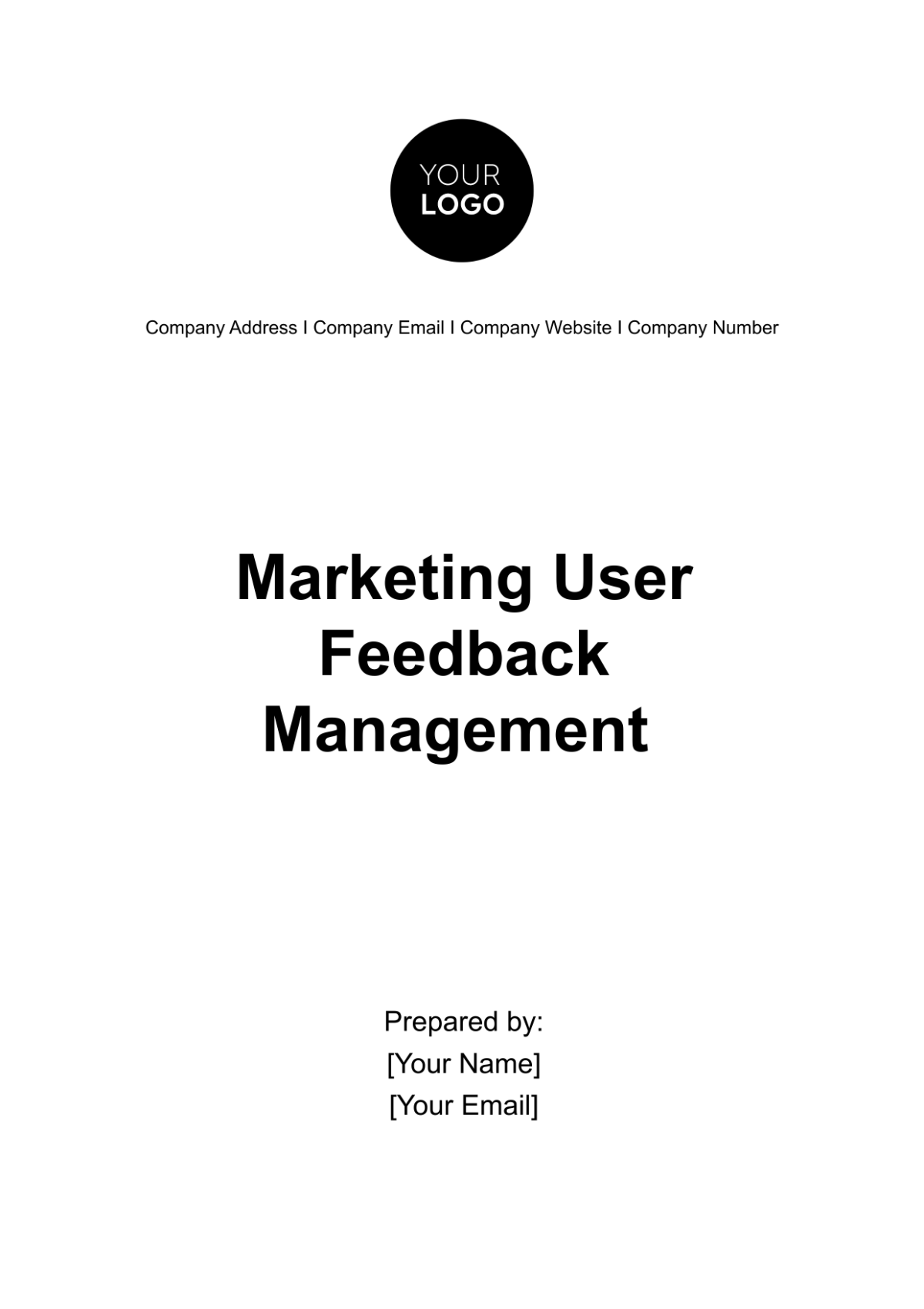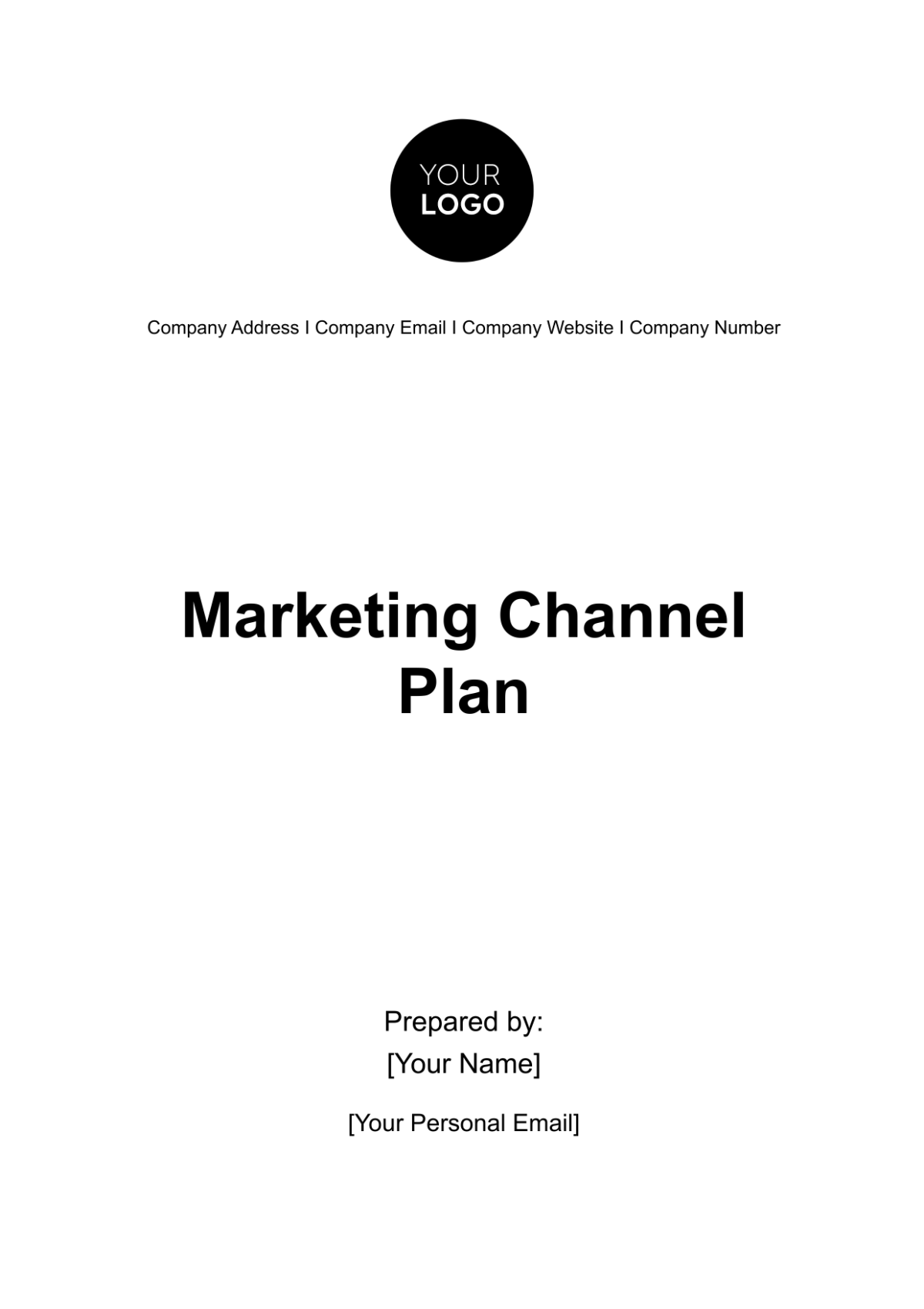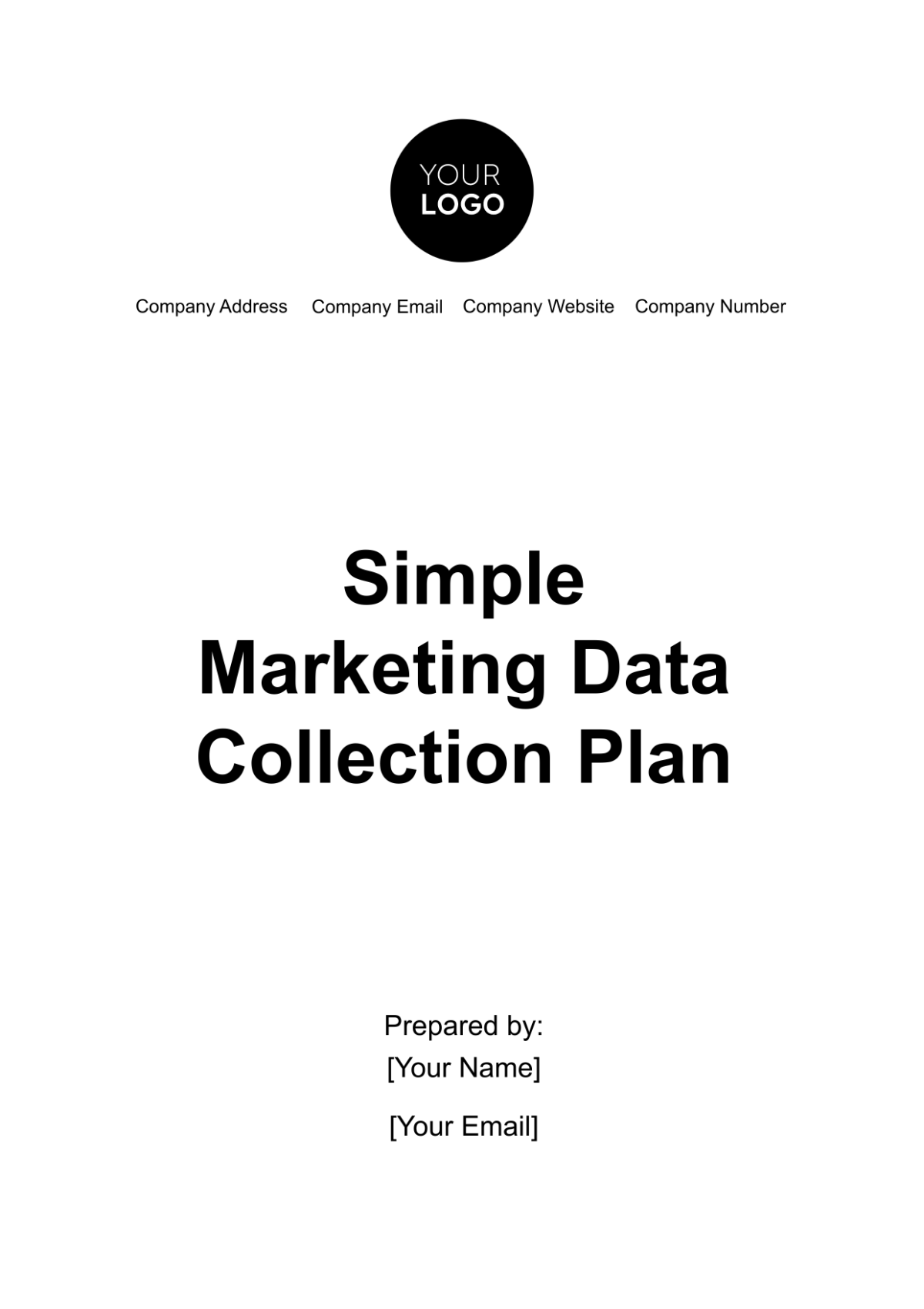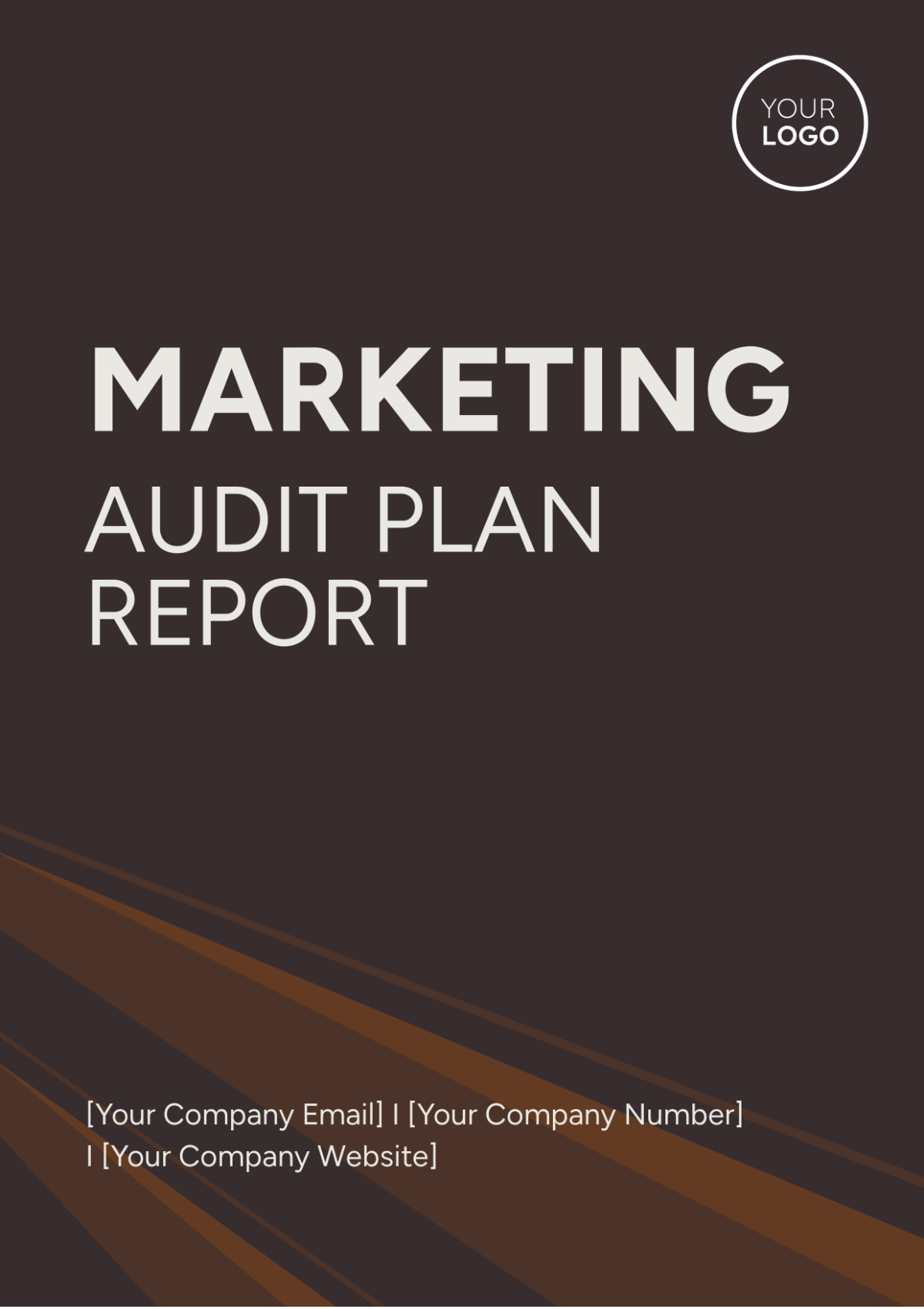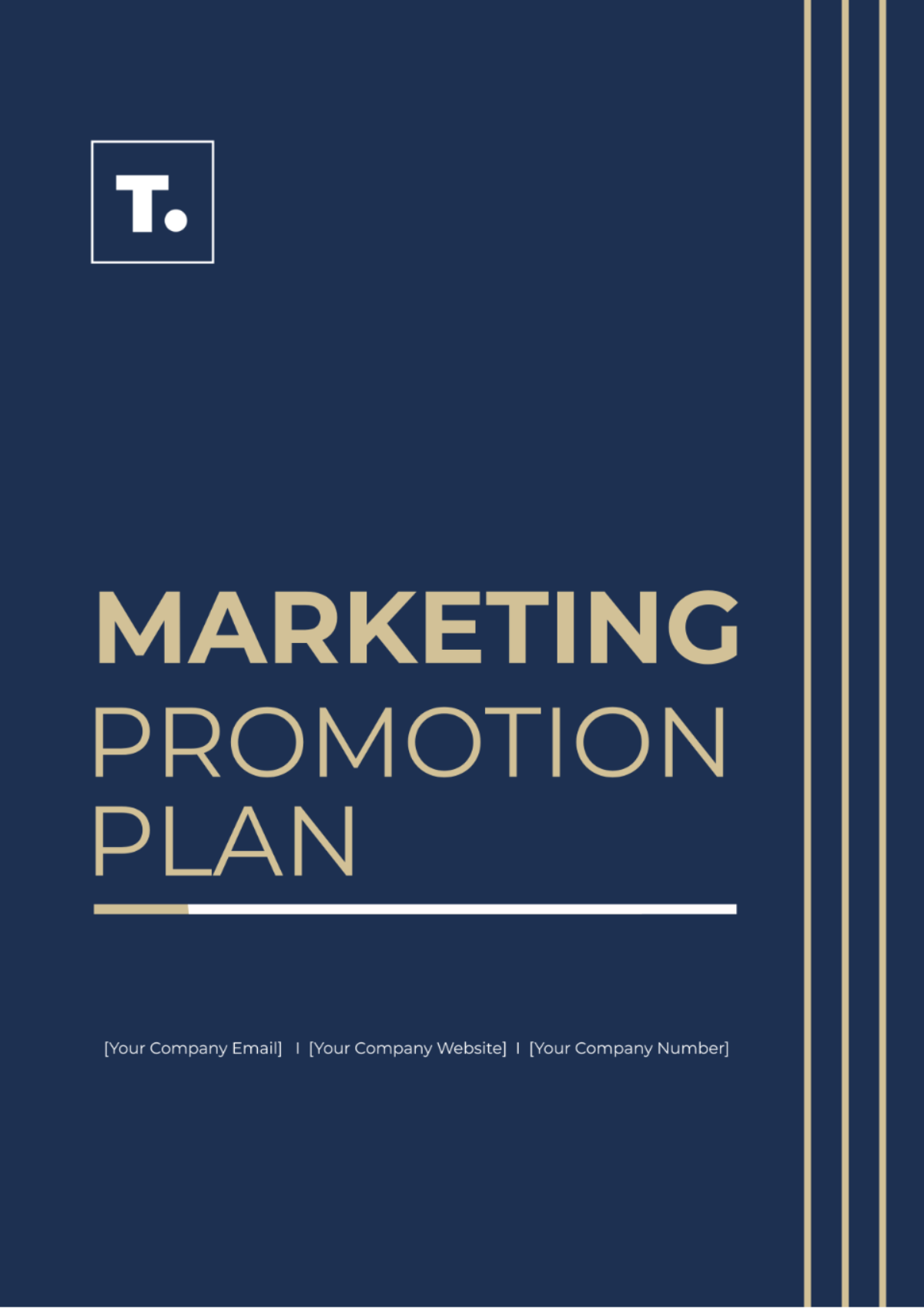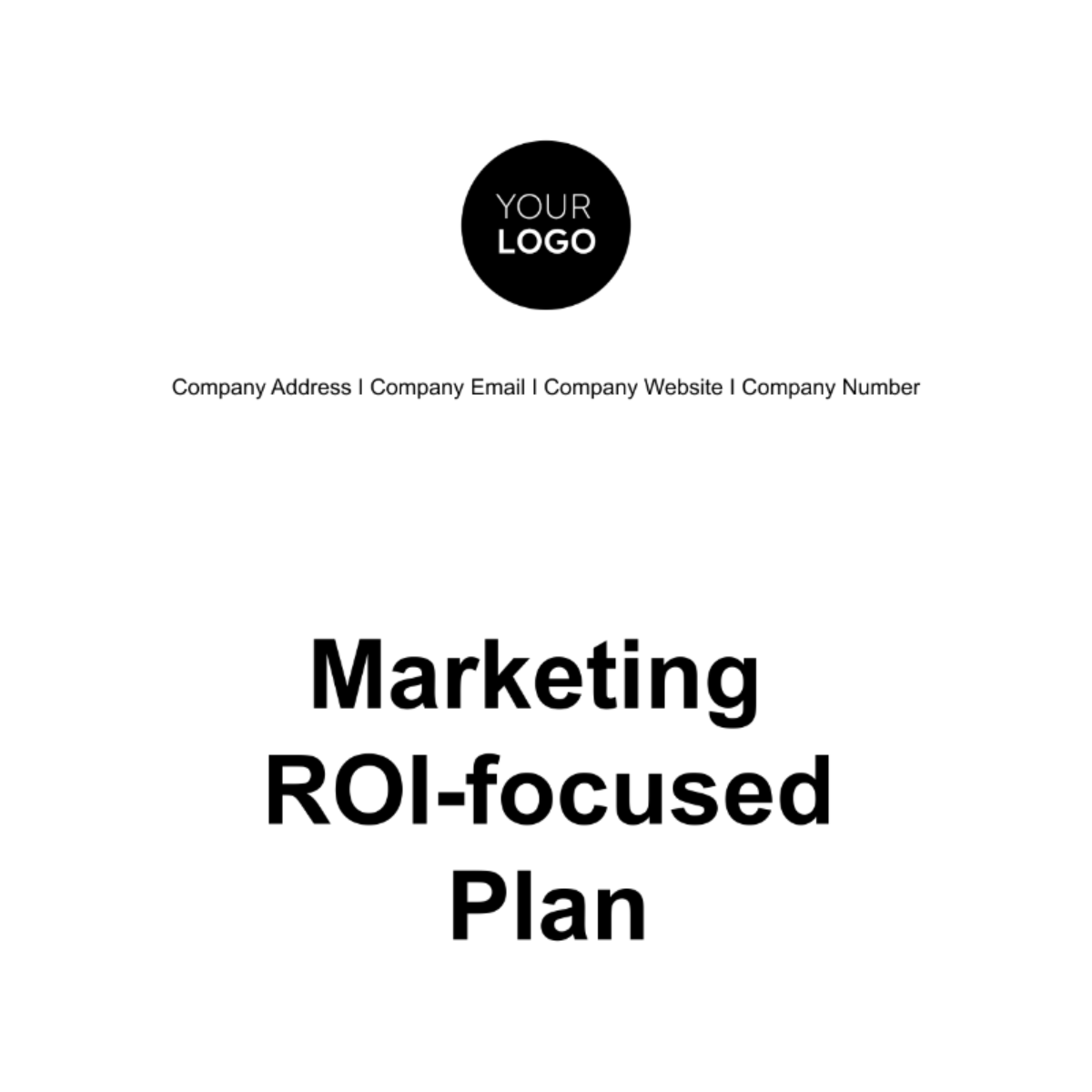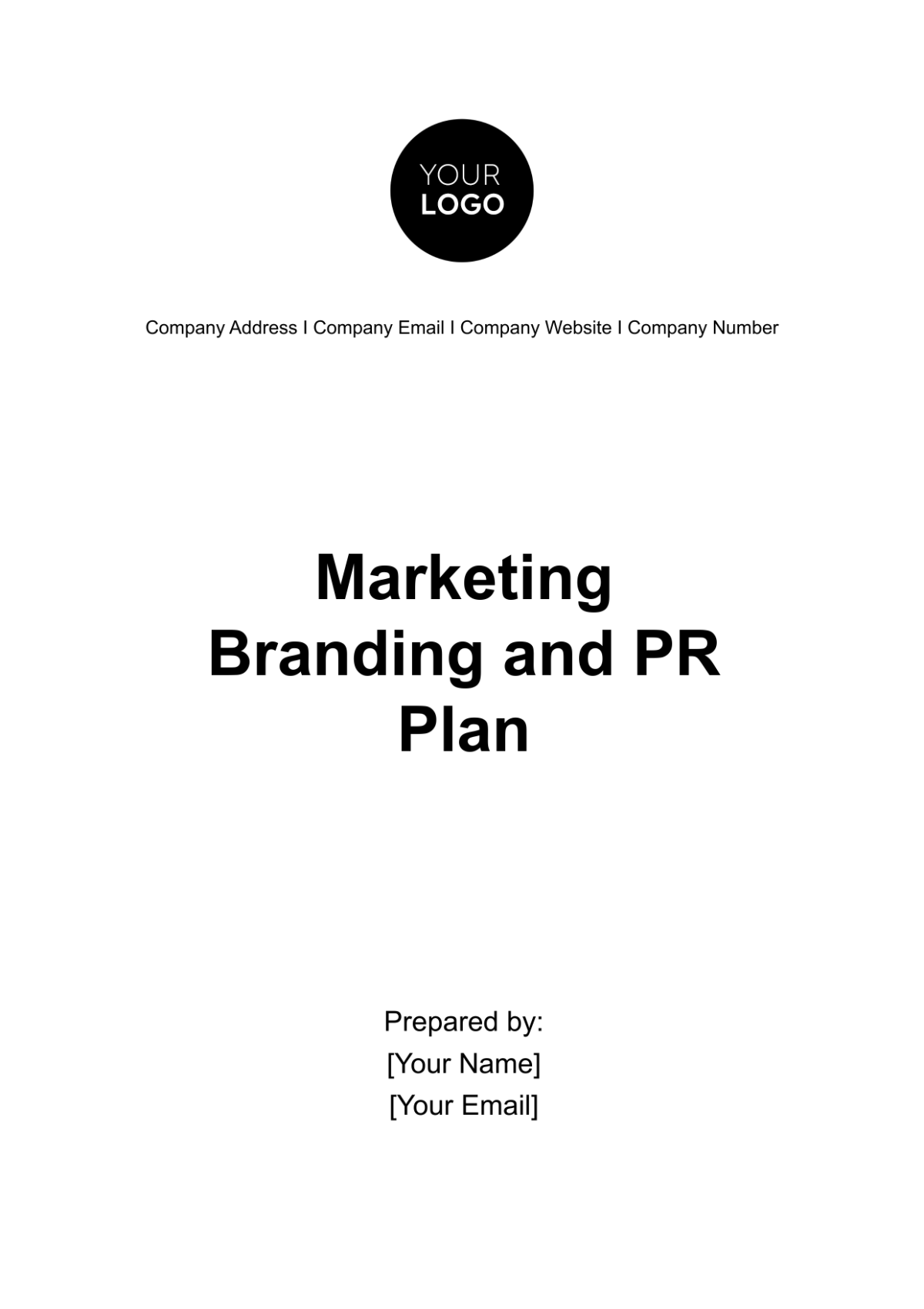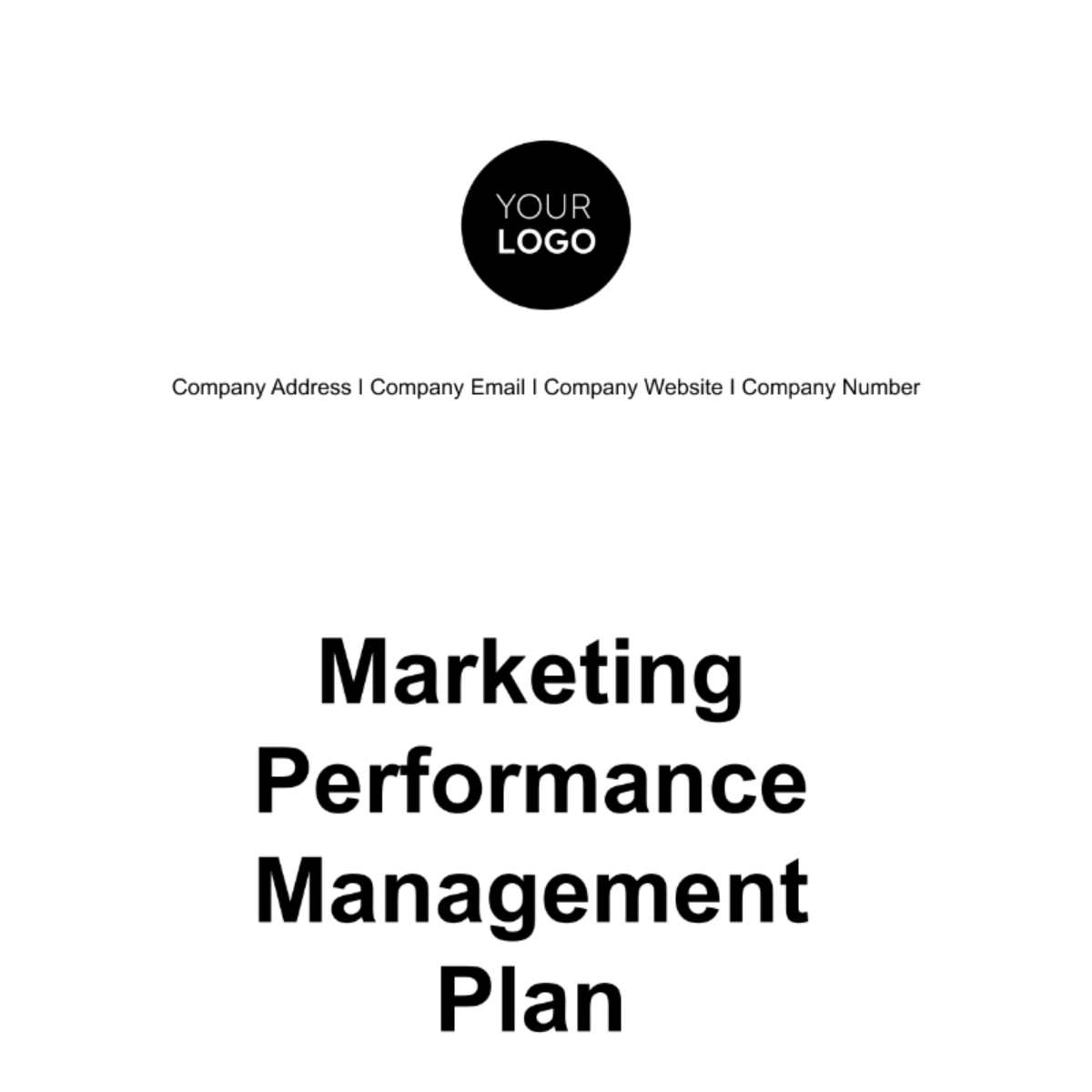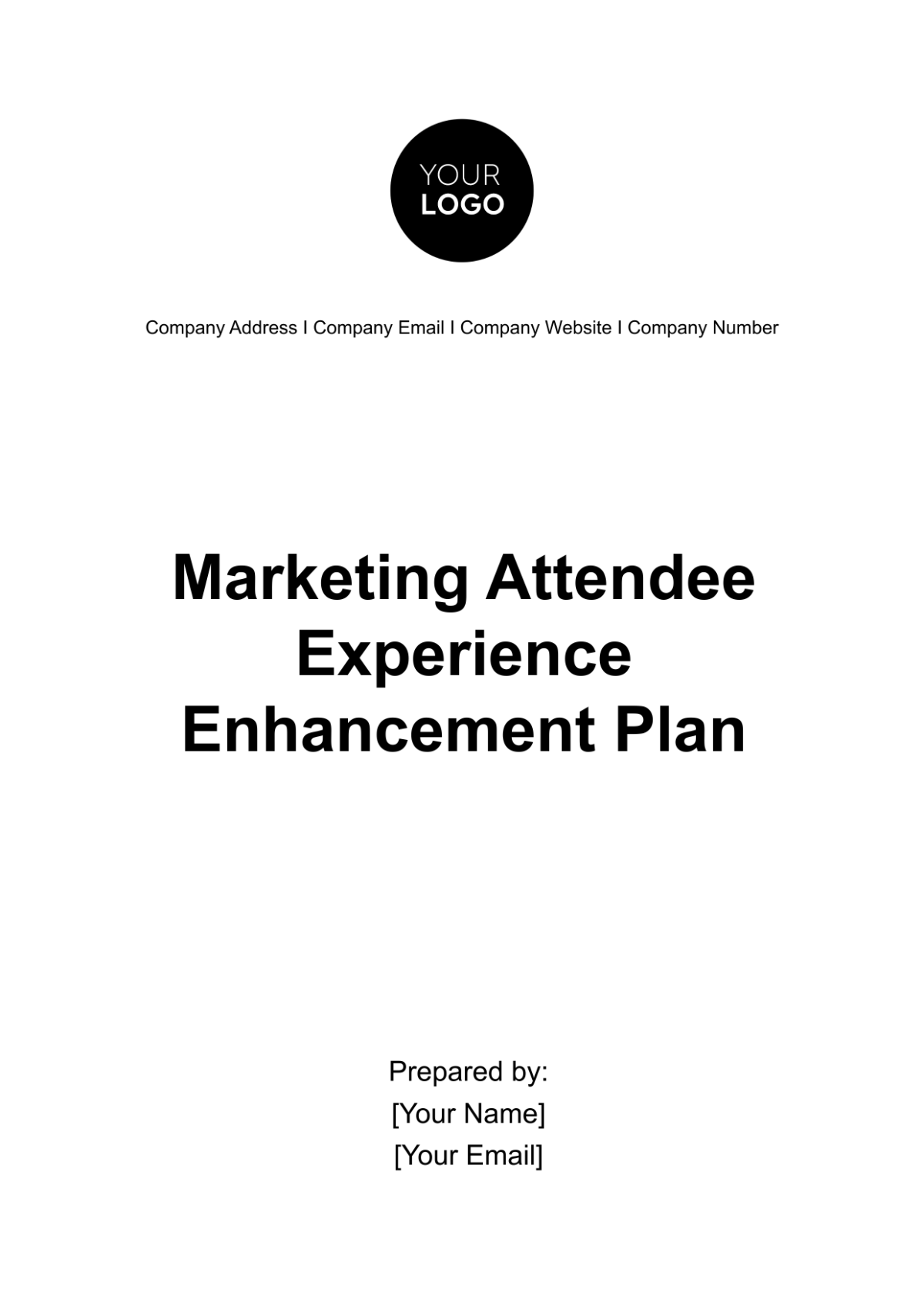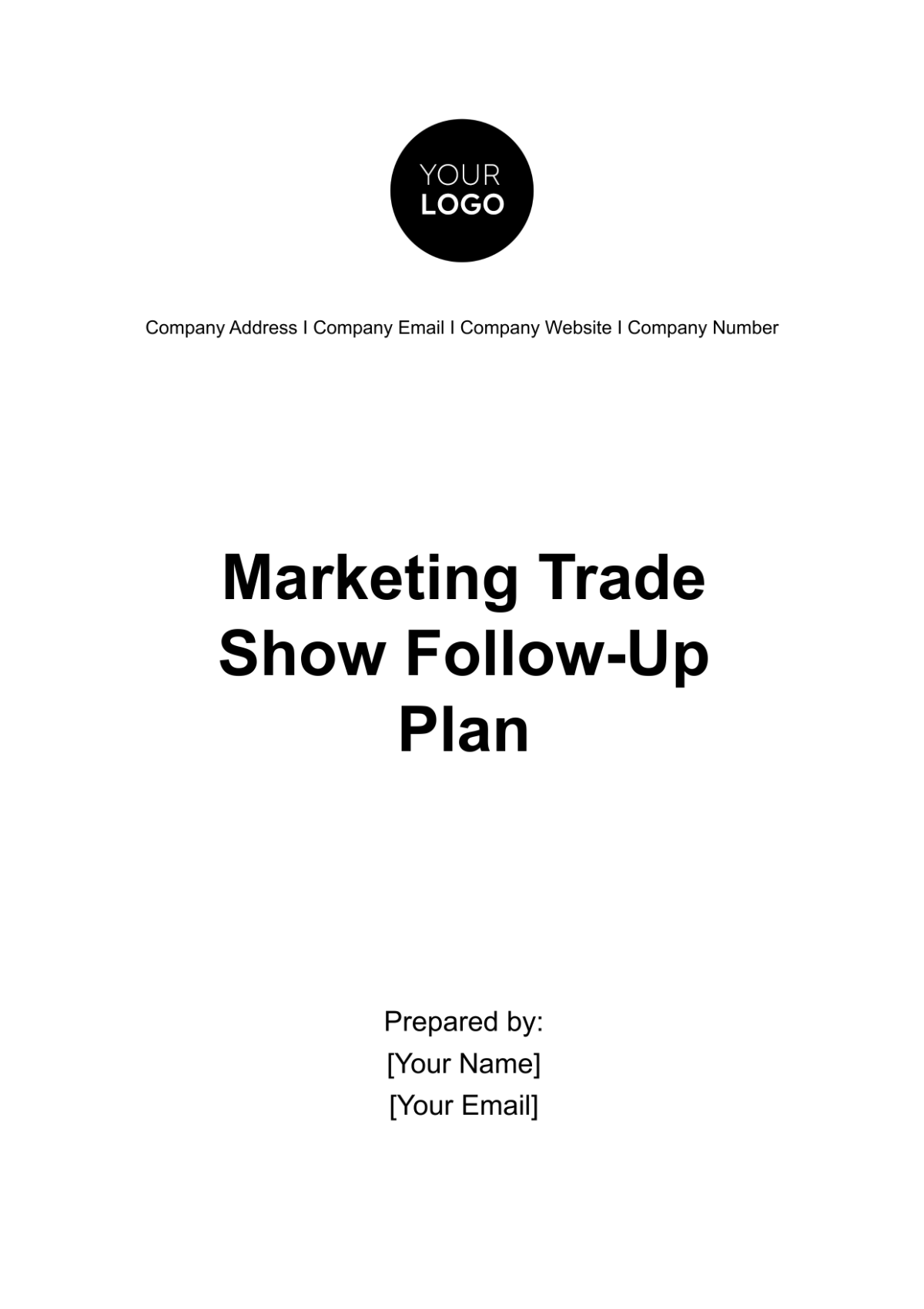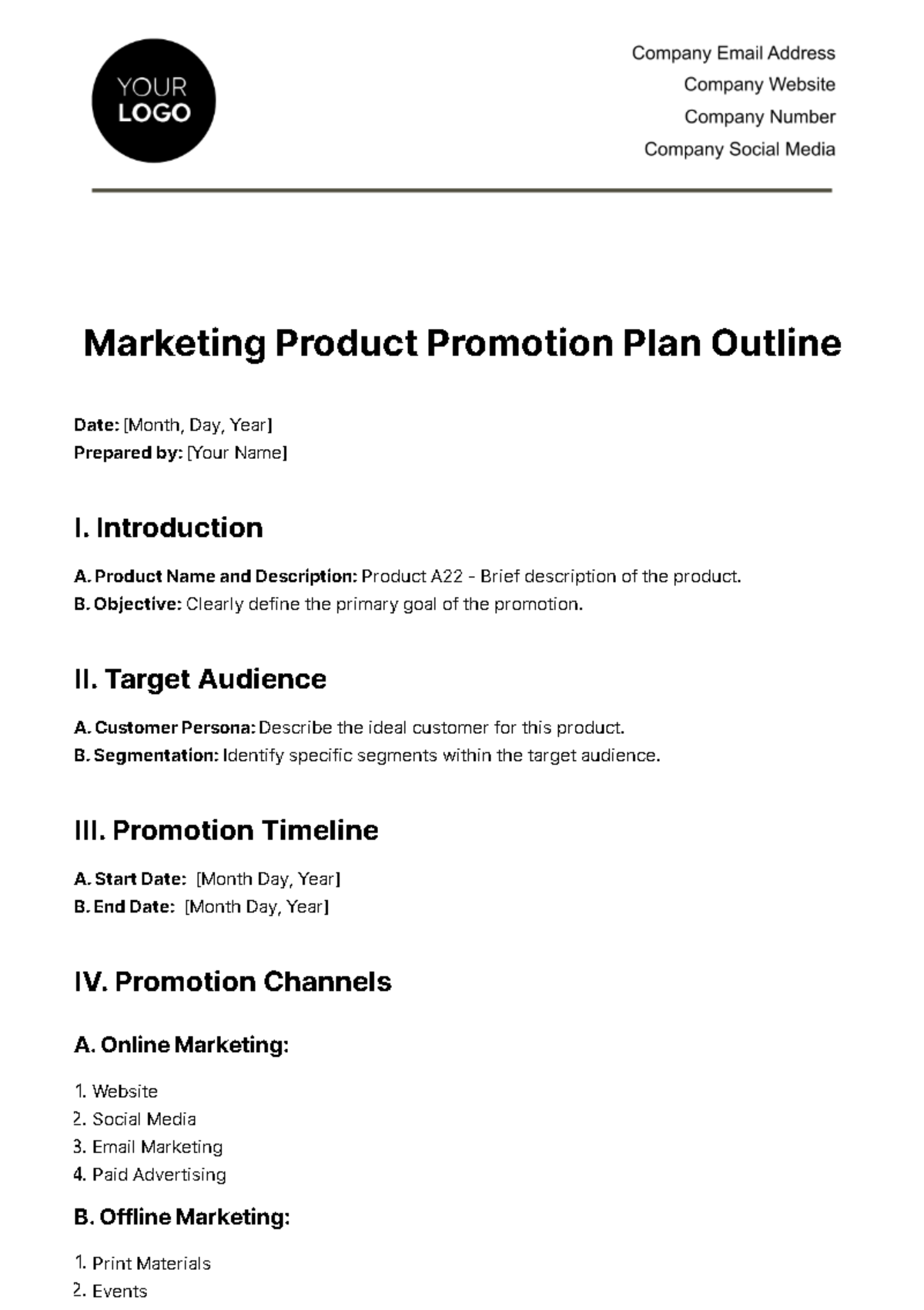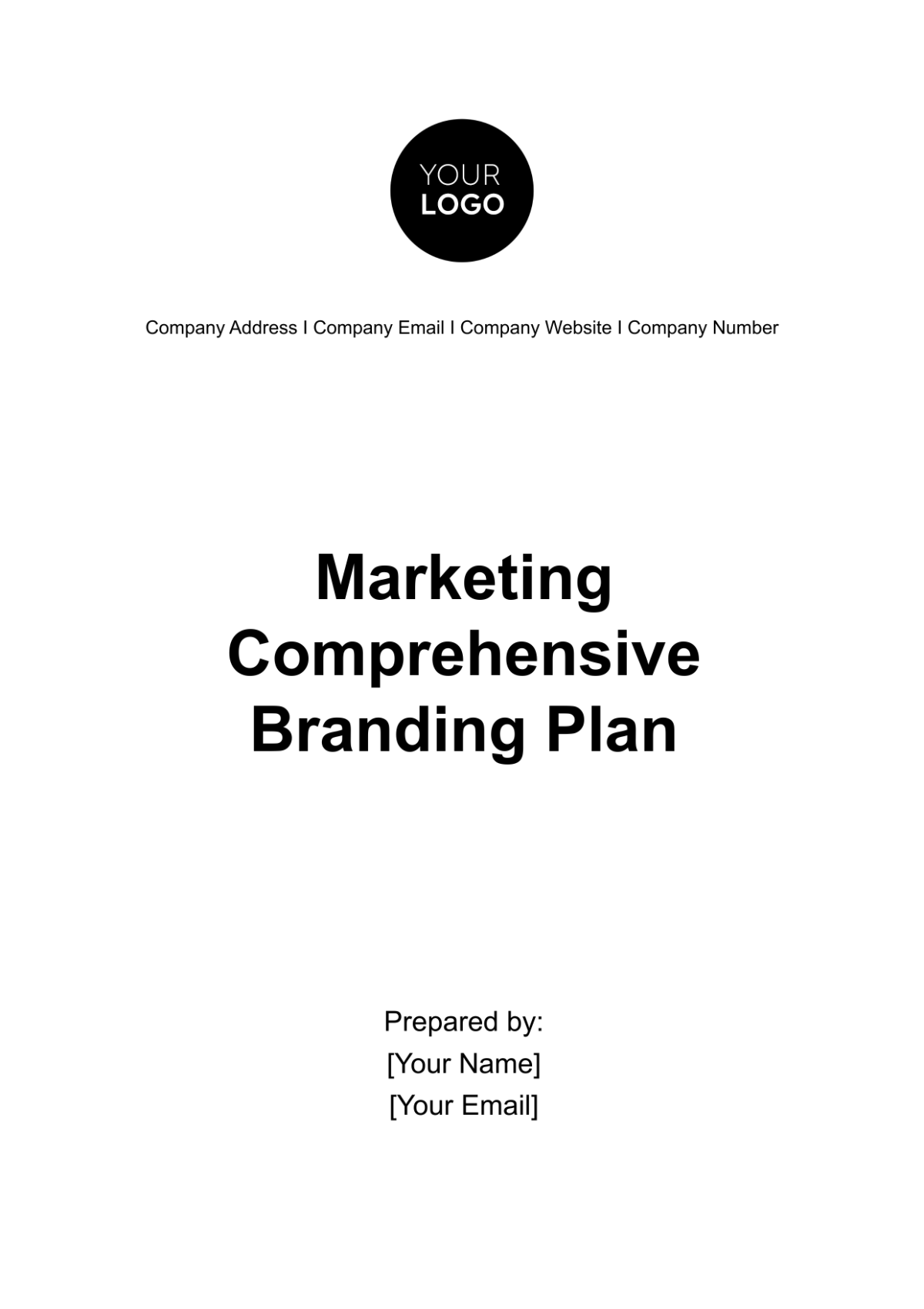Go-to-Market Lead Generation Plan
I. Executive Summary
The Go-to-Market Lead Generation Plan outlines our strategic approach to attract and convert new customers for our innovative software solution, [Your Company Name]. By leveraging targeted marketing channels and customer insights, we aim to establish [Your Company Name] as a market leader within the software industry. Our primary objective is to generate 1,000 qualified leads within the first year, with a conversion rate target of [00]%, ultimately driving substantial revenue growth.
II. Market Analysis
A. Industry Overview
The software industry is experiencing rapid growth, driven by digital transformation and the increasing reliance on technology across various sectors. As businesses adapt to changing market demands, there is a surge in the need for innovative solutions that enhance productivity and streamline operations. With the shift towards remote work, companies are seeking versatile tools that can support their evolving workflows and foster collaboration.
B. Competitive Landscape
Key Competitors
Competitor A: An established player with a strong market presence and extensive resources. Their established customer base provides them with a competitive edge.
Competitor B: An emerging startup that focuses on niche markets, offering tailored solutions that meet specific customer needs. They are rapidly gaining traction due to their innovative features and agile response to market demands.
Competitive Advantages
[Your Company Name] distinguishes itself through its user-friendly interface and seamless integration with popular business tools. Unlike competitors, our solution offers comprehensive analytics and reporting capabilities that empower users to make data-driven decisions. By focusing on exceptional customer support and ongoing product enhancements, we build lasting relationships with our clients.
C. Target Market
Demographics
Our primary target market consists of small to medium-sized businesses (SMBs) with 50-500 employees, spanning various industries such as technology, finance, and healthcare. This segment represents a significant portion of the economy, making it an ideal target for our lead generation efforts.
Psychographics
Decision-makers within these organizations are typically forward-thinking professionals who prioritize efficiency and productivity. They seek solutions that can simplify operations and provide a competitive advantage. By understanding their motivations, we can tailor our messaging to resonate with their goals and challenges.
Pain Points and Needs
Many SMBs face challenges in managing remote teams, tracking productivity, and ensuring effective collaboration. These pain points create an opportunity for [Your Company Name] to provide solutions that address their specific needs. By highlighting how our software can alleviate these challenges, we can position ourselves as a valuable partner in their growth.
III. Value Proposition
A. Unique Selling Proposition (USP)
[Your Company Name] stands out by offering seamless integration with existing tools and providing real-time analytics to enhance decision-making. Our user-centric design ensures that even non-technical users can navigate and utilize the software effectively. This combination of accessibility and functionality makes [Your Company Name] an attractive option for businesses looking to optimize their operations.
B. Key Benefits of the Product/Service
Increased productivity: Our advanced software is designed to optimize and streamline various workflows within an organization, thereby allowing teams to concentrate their efforts on tasks that provide substantial value and contribute significantly to the core objectives, rather than being bogged down by routine and time-consuming administrative tasks.
Enhanced collaboration: Thanks to its array of features that have been specifically designed for remote work contexts, teams are now able to communicate and collaborate seamlessly and in real-time. This enhanced level of interaction and cooperation ultimately leads to significant improvements in the outcomes of their projects.
Data-driven insights: The tools designed within the system for analytics offer comprehensive and actionable insights. These insights enable users to make well-informed and thoughtful decisions, fostering a continuous cycle of improvement and development.
C. Messaging Framework
"Our innovative solution empowers teams to achieve their best, no matter where they are, by simplifying workflows and providing actionable insights." We emphasize our commitment to supporting remote work and enhancing productivity in all messaging. By focusing on the transformational impact of [Your Company Name], we can effectively communicate its value to potential customers.
IV. Lead Generation Strategy
A. Marketing Channels
Digital Marketing
Social Media: We will engage with potential customers on LinkedIn and Facebook through targeted ads and organic content that highlights customer success stories and product benefits. Regularly scheduled posts will maintain visibility and encourage community engagement.
Email Marketing: Nurture leads through a series of educational email campaigns that provide value and insights while gently guiding them toward a purchase decision. Our segmented approach will ensure that we send relevant content to different audience groups.
Content Marketing: By developing blog posts, case studies, and whitepapers addressing industry challenges, we can position [Your Company Name] as a thought leader in the market. High-quality content will attract organic traffic and establish credibility among potential customers.
Traditional Marketing
Print Advertising: We will utilize industry magazines to reach decision-makers, focusing on publications that cater to our target demographic. Advertisements will highlight key features and benefits of [Your Company Name], driving awareness and interest.
Events and Trade Shows: Participating in key industry events allows us to showcase [Your Company Name] to a captive audience. Engaging directly with potential customers will provide opportunities for demonstrations and networking.
Networking: By actively engaging in networking events, where we can meet and connect with professionals from various industries, we will be able to foster strong relationships with key individuals. Building rapport and connections will lead to valuable referrals and strategic partnerships, boosting lead generation and driving business growth.
B. Lead Generation Tactics
Webinars and Online Events
Hosting monthly webinars will provide valuable insights into industry trends while showcasing [Your Company Name] in action. These events will allow potential customers to engage with our experts and ask questions, fostering trust and interest. Additionally, recordings will be available for later viewing, extending the reach of our content.
Free Trials or Demos
Offering a 14-day free trial encourages potential customers to experience the product firsthand without commitment. This tactic allows users to explore [Your Company Name] features, increasing the likelihood of conversion. Follow-up communications during the trial period will guide users and address any questions or concerns.
Content Offers
Creating eBooks and whitepapers that provide insights into industry trends will require email sign-up for downloads, effectively capturing leads. These high-value resources will position [Your Company Name] as a knowledgeable partner in the industry. Following up with leads after content downloads will nurture relationships and move them along the sales funnel.
Paid Advertising
Implementing pay-per-click (PPC) campaigns targeting specific keywords relevant to our audience will drive traffic to our landing pages. By carefully monitoring ad performance and adjusting strategies, we can optimize our advertising spend and maximize lead generation.
C. Sales Enablement
Training and Resources for Sales Team
Providing the sales team with up-to-date materials and training sessions on [Your Company Name] features and benefits ensures they are equipped to engage leads effectively. Regular workshops will keep the team informed about industry trends and customer pain points. This investment in training will enhance their ability to close deals.
Lead Scoring and Qualification
Establishing criteria for qualifying leads will ensure the sales team focuses on high-potential prospects, maximizing efficiency. By utilizing a scoring system based on engagement and demographic information, we can prioritize outreach efforts. This systematic approach will streamline the sales process and improve conversion rates.
V. Implementation Plan
A. Timeline for Execution
The plan will roll out over 12 months, with key milestones set for each quarter to assess progress. The first quarter will focus on building brand awareness and initial lead generation, while subsequent quarters will emphasize nurturing leads and optimizing strategies. Regular check-ins will allow us to adapt to changing market conditions and customer feedback.
B. Roles and Responsibilities
Marketing Team: Responsible for executing digital marketing strategies, creating content, and managing social media campaigns. They will also analyze performance metrics to inform future tactics.
Sales Team: Engaging and converting leads, following up on inquiries, and maintaining relationships with potential customers. They will provide valuable feedback to the marketing team on lead quality and messaging effectiveness.
Product Managers: Offering ongoing product support and updates to ensure that marketing materials reflect the latest features and benefits. Their insights will be crucial for aligning our messaging with customer needs.
C. Budget Allocation
A budget of $[00] will be allocated for marketing activities, including digital ads, content creation, and event participation. The budget will be strategically distributed across channels to maximize return on investment. Regular reviews of budget expenditures will ensure that funds are being utilized effectively and adjusted as necessary based on performance.
VI. Metrics and KPIs
A. Lead Generation Metrics
Number of Leads Generated per Month: Tracking the total number of leads captured each month will help assess the effectiveness of our marketing efforts. By analyzing this data, we can identify trends, seasonal patterns, and the success of specific campaigns.
Conversion Rates: Monitoring the percentage of leads that convert into customers will provide insights into the effectiveness of our sales process. A targeted approach to nurturing leads should ideally increase conversion rates over time, reflecting the strength of our messaging and product value.
Engagement Metrics: Measuring engagement through metrics such as open rates, click-through rates (CTR) on emails, and social media interactions will indicate how well our content resonates with the target audience. High engagement levels are often indicative of a successful lead generation strategy.
B. ROI Metrics
Cost per Lead (CPL): We aim to maintain a CPL of less than $[00]. This metric will help assess the efficiency of our lead generation efforts and identify the most cost-effective channels.
Customer Acquisition Cost (CAC): By keeping the CAC below $[00], we ensure that our investments in marketing and sales are yielding profitable returns. Tracking CAC will involve analyzing all expenses related to acquiring new customers, including marketing and sales costs.
Lifetime Value of Customer (LTV): Understanding the LTV will help us justify our investment in lead generation. A higher LTV compared to CAC will indicate a healthy business model, emphasizing the importance of customer retention strategies.
C. Performance Analysis
Regular performance analysis will be conducted to evaluate the success of lead generation strategies against established KPIs. Monthly reports will summarize key metrics, allowing for timely adjustments based on performance. Insights gained from performance reviews will inform future tactics and strategic decisions, ensuring continuous improvement.
VII. Review and Adjustments
A. Regular Review Schedule
We will implement a quarterly review schedule to analyze performance against KPIs and evaluate the effectiveness of our lead generation efforts. Each review will assess what worked well and what didn’t, leading to actionable insights for future campaigns. These reviews will foster a culture of accountability and continuous improvement within the team.
B. Process for Incorporating Feedback
Feedback from the sales team and customer interactions will be systematically collected and analyzed. This will involve surveys, one-on-one interviews, and performance feedback sessions to ensure that the marketing strategies remain aligned with customer needs. Incorporating this feedback into the lead generation plan will enhance our ability to respond to market dynamics effectively.
C. Adjusting Tactics Based on Performance
Tactics will be adjusted based on performance metrics and feedback collected during reviews. This may include reallocating budget to higher-performing channels or experimenting with new approaches to enhance engagement. A flexible strategy will allow us to pivot quickly in response to changing market conditions and customer preferences, maximizing lead generation potential.
VIII. Conclusion
In summary, this Go-to-Market Lead Generation Plan outlines a strategic and comprehensive approach to capturing market share for [Your Company Name]. By leveraging targeted marketing channels, innovative lead generation tactics, and robust performance metrics, we aim to achieve our lead generation goals and drive sustainable growth. Stakeholders are encouraged to support the execution of this plan and actively participate in the feedback process to ensure its success.
As we move forward, our focus will remain on understanding our customers, refining our messaging, and continuously improving our strategies to meet the demands of a dynamic market. Through collaboration and commitment, we believe [Your Company Name] can establish itself as a leader in the software industry, delivering value to customers while achieving our business objectives.
